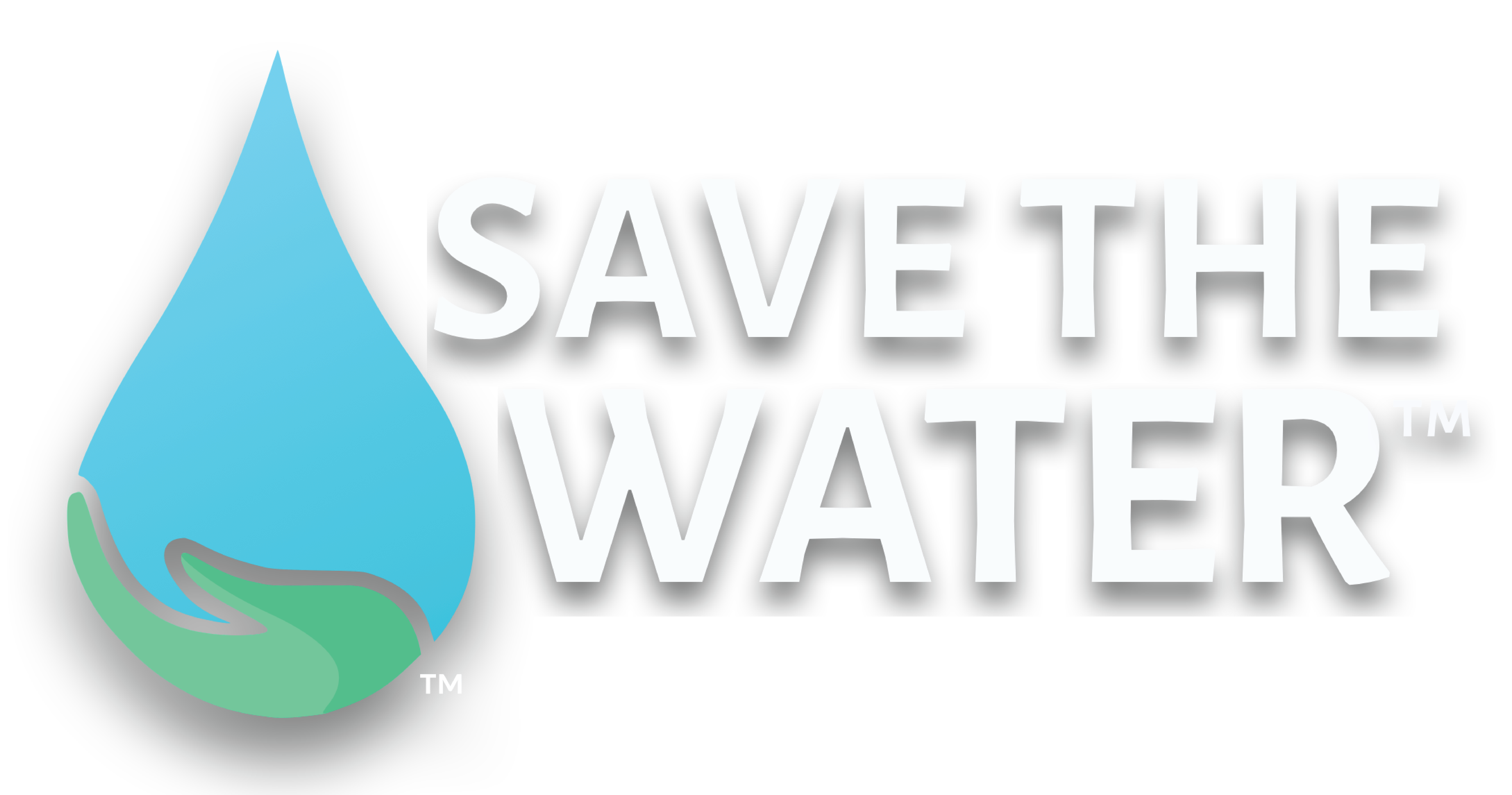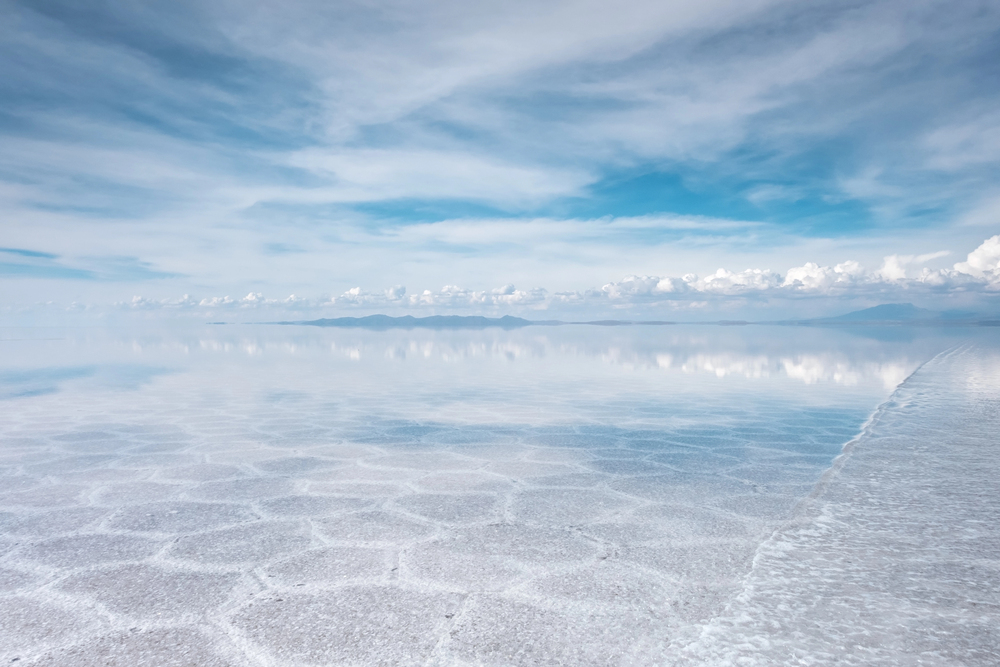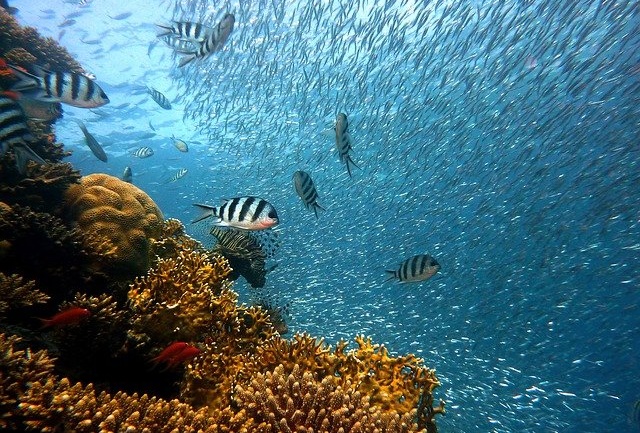By Brigitte Rodriguez, Publishing Associate: Researcher and Writer at Save the Water™ | April 30, 2025
Edited by Joshua Awolaye, Publishing Associate: Editor at Save the Water™
Lithium is currently one of the most demanded elements in the world. It is used for various purposes, such as electric vehicles, cell phones, and renewable energy storage systems. Global lithium mining has increased as the demand for cleaner technologies grows. Thus, this means using more water to extract lithium, affecting the fragile ecosystems around it.
Process of Lithium Extraction
Lithium mainly comes from two sources: underground brine deposits and mineral ores. Nowadays, most of the extracted lithium comes from liquid brine beneath salt flats. This is especially common in South America (Argentina, Bolivia, and Chile) and China.
The conventional lithium brine extraction process is simple:
- Workers drill into the ground and pump the brine to the surface. This is then transferred to large evaporation ponds.
- Solar radiation evaporates the water over several months or years, increasing the lithium concentration.
- Once the brine reaches the desired concentration, it is sent to a recovery facility.
- At the facility, operators pre-treat the brine, often using ion exchange to remove impurities.
- The mixture is filtered to collect the lithium-rich solids.
- Finally, the solids are treated with a reagent to produce lithium carbonate, which is filtered and dried for commercialization.
Water Consumption Case Studies
- Chile: In the Salar de Atacama, lithium extraction uses a lot of water. This is drying up an already arid region. As a result, groundwater and important wetlands such as Laguna Chata are being depleted. Although water is scarce, most of the mines continue to use the same techniques. Thus, this worsens the lack of water and affects animals, plants, and local people.
- Argentina: In the high Andean puna, where there’s lithium, water is essential for nature to stay healthy. Extracting fresh water for lithium endangers lagoons such as Pozuelos and Vilama. These lagoons are home to unique animals and plants found nowhere else. Furthermore, Argentina is testing a new Direct Lithium Extraction (DLE)method. However, this may use even more fresh water. As more lithium projects start, water use must be controlled.
- Bolivia: Bolivia’s Salar de Uyuni uses a lot of water to extract lithium. The wetlands in the area, such as Laguna Colorada, are sensitive to the amount of water. Furthermore, Bolivia also wants to slowly start adopting the new DLE technology.
Environmental and Social Impacts of Lithium Extraction
Lithium extraction in the Lithium Triangle accounts for 60% of global reserves. This benefits private entities and South American economic development. Nevertheless, it also presents an alarming risk. This risk is high water usage during mining.
Additionally, the estimates suggest that getting one ton of lithium via solar evaporation uses up to 500,000 gallons of fresh water. As a result, this strains local water reserves. Furthermore, the water supply for communities and agriculture is at risk. It affects the delicate Andean ecosystems and their fauna.
Therefore, alternatives are being sought. The aim is to adopt more eco-friendly extraction methods. This will help reduce negative environmental impacts.
Future Perspectives and Solutions
As global demand for lithium rises, managing water sustainably becomes essential. New technologies like Direct Lithium Extraction (DLE) offer promising solutions. DLE uses less water and speeds up production, compared to traditional solar evaporation.
Still, DLE faces challenges when applied on a large scale. Companies must optimize current methods to reduce their water impact. Additionally, governments must also strengthen regulations and work closely with local communities. These steps can help protect the fragile ecosystems that rely on limited freshwater sources.
Moreover, long-term solutions depend on a multi-layered approach:
- Invest in research and development to scale up low-water-use technologies.
- Enact policies that boost water efficiency and safeguard ecosystems.
- Ensure transparency and involve local communities in decision-making.
- Promote collaboration between scientists, companies, governments, and civil society.
Thus, these actions can ensure a more sustainable future for lithium production and the ecosystems that depend on freshwater.



